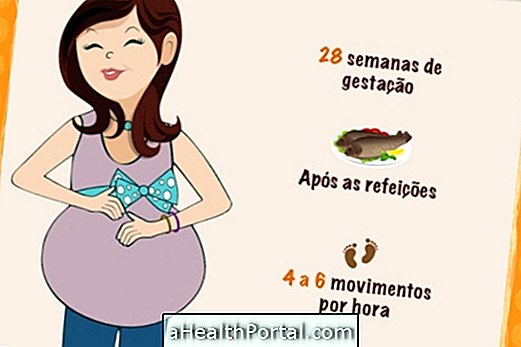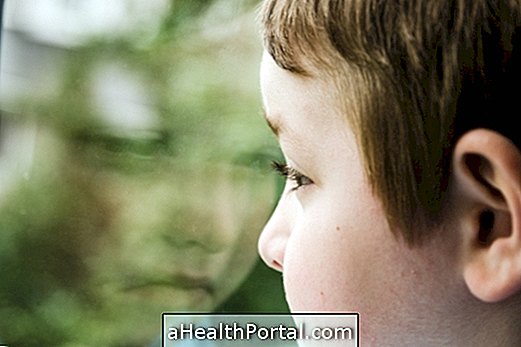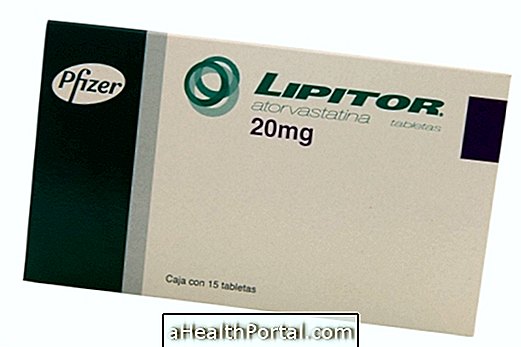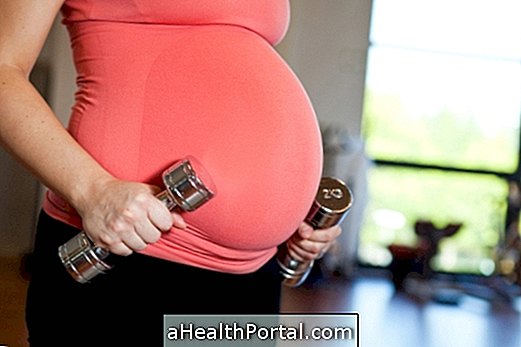The pregnant woman has a great need to pee, going several times a day to the bathroom, because with the growth of the baby, the uterus will press the bladder, which will have less space to fill and increase in size, generating the urge to urinate more frequent.
But in addition, there are 2 other situations that may be more worrying: urinary tract infection and urinary incontinence, which are also common in pregnancy.
How To Identify Urinary Incontinence
Urinary incontinence in pregnancy is a common situation that affects about 80% of pregnant women and manifests with:
- Loss of urine before reaching the bathroom;
- Exit small jets of urine while laughing, running, coughing or sneezing;
- Not being able to hold the pee for more than 1 minute.
Usually this difficulty of holding the pee passes after the baby is born, but doing the pelvic exercises, contracting the muscles of the vagina is the best way to combat this symptom, having total control of the urine.
Learn the answers to the most common questions about urinary incontinence.
How Incontinence Treatment Is Done
The treatment for urinary incontinence in pregnancy aims to strengthen the muscles of the pelvic floor through contraction to decrease episodes of urinary incontinence.
This can be done through physical therapy with pelvic floor muscle contraction exercises, which are called Kegel exercises, but in more severe cases it may still be necessary to resort to an electrical stimulation device in which the pelvic muscles involuntarily contract due to a light and supportable electric current.

To perform the exercises you must:
- Empty the bladder;
- Contract the pelvic floor muscles for 10 seconds. To identify what these muscles are, you only have to stop the flow of urine when you are urinating. This movement is the one you have to use in contraction;
- Relax your muscles for 5 seconds.
Kegel exercises should be repeated 10 times in a row, 3 times a day.
The most important thing is for the woman to be aware of the muscle that she should contract and contract it several times a day. The more exercises you do, the faster you will be cured. This exercise can be done sitting, lying down, with legs open or closed.
Symptoms of Urinary Tract Infection
Another common situation in pregnant women is the urinary tract infection, which happens when symptoms such as:
- Urgency to urinate, which arises suddenly;
- Burning during urination or shortly after peeing;
- Difficulty controlling the pee, wetting the panties.
Urinary tract infection occurs at least once in all pregnant women, but should only be diagnosed through a urine test, as requested by the obstetrician. Some pregnant women who have had a urinary tract infection before becoming pregnant recognize the symptoms and go to the laboratory immediately to perform the urine test to go to the obstetrician with the exam in hand so that it can indicate the treatment
Remedy for Urinary Tract Infection in Pregnancy
With the result of the test confirming the urinary tract infection, the obstetrician may prescribe an antibiotic such as Cephalexin, Ampicillin, Amoxicillin or Ceftriaxone.
Drinking plenty of water and cranberry juice is a good way to contribute to a faster recovery, but this does not replace the use of antibiotics because only they will be able to eliminate the bacteria from the urinary system.
Check out tips to get rid of urinary tract infection faster, in this video by nutritionist Tatiana Zanin:























